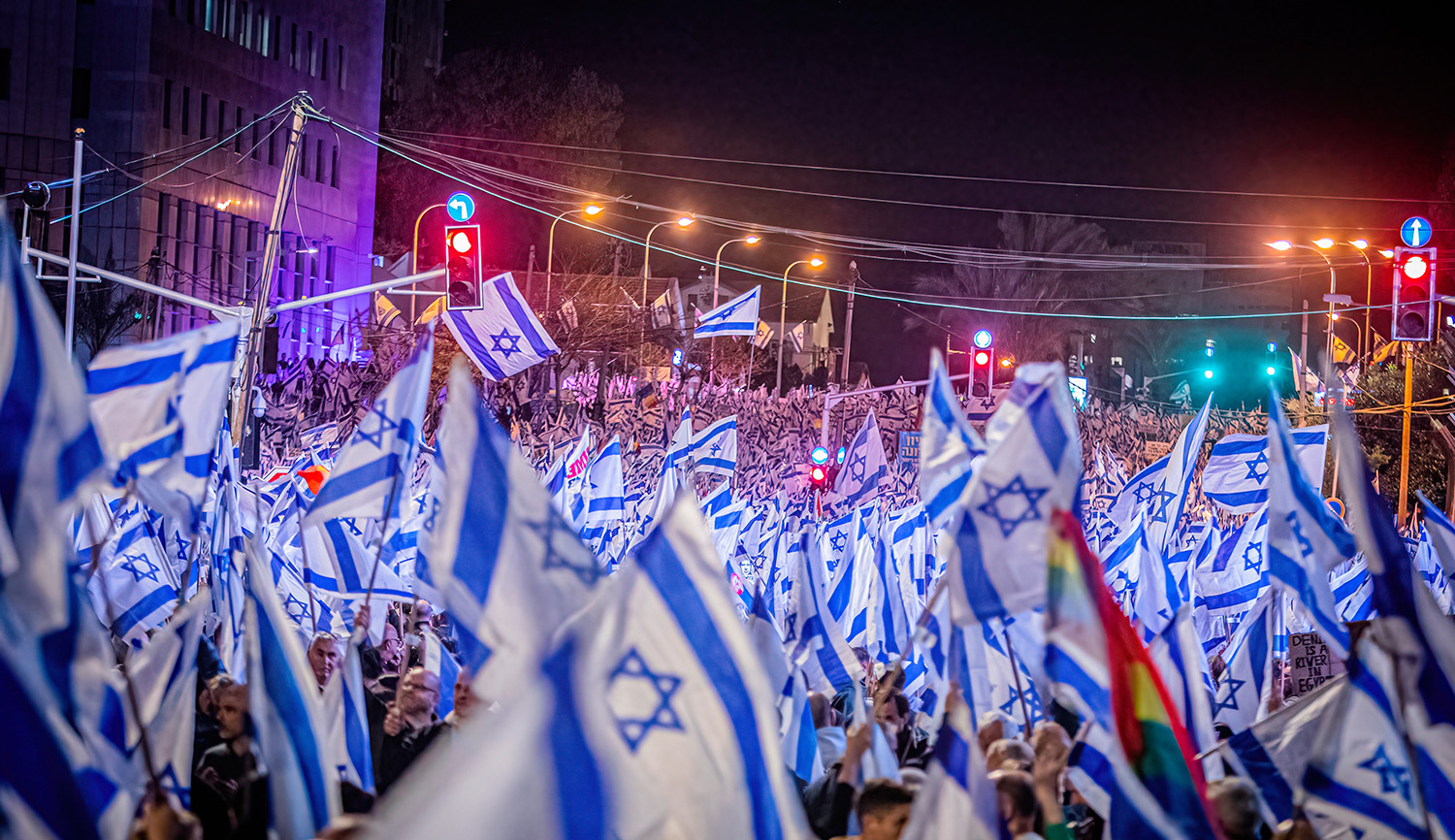As usual, the outbreak of fighting between Israel and Hamas has brought forth accusations about the IDF’s use of “disproportionate” force. Most of these criticisms are rooted in a misunderstanding of the doctrine of proportionality, which does not require an army to ensure that an enemy’s losses are somehow “proportionate” to its own. Marc LiVecche explains:
[T]he doctrine of proportionality has at its core the requirement to calculate gains and losses, [that is], determining when a particular use of force—whether a weapon or a tactic—is likely to produce more harm than good.
Proportionality does not mean that an assaulted nation can only take precisely that weight in flesh that has been taken from it. It has the right to be sure the enemy’s capacity and resolve to try and take more flesh in the future has been humbled. There are limits to this, and it seems pretty clear that Israel is doing an appropriate job in keeping them. . . . Meanwhile, Hamas’s attempt to kill anything Jewish without regard for combatant status continues. That their rockets kill Arabs—both inside Gaza and in Israel—doesn’t seem to matter to them. Israel appears to take greater pains in preventing Palestinian civilian deaths than Hamas does.
It should also be remembered that Hamas can make it all stop in an instant, they need only renounce the violence and credibly stand down. To riff on the old truism, if Hamas were to lay down its arms, there would be no more violence. If Israel were to lay down her arms, there would be no more Israel. In proportion to that fact, Israel should continue to fight accordingly.
More about: Hamas, IDF, Israeli-Palestinian Conflict, Laws of war


